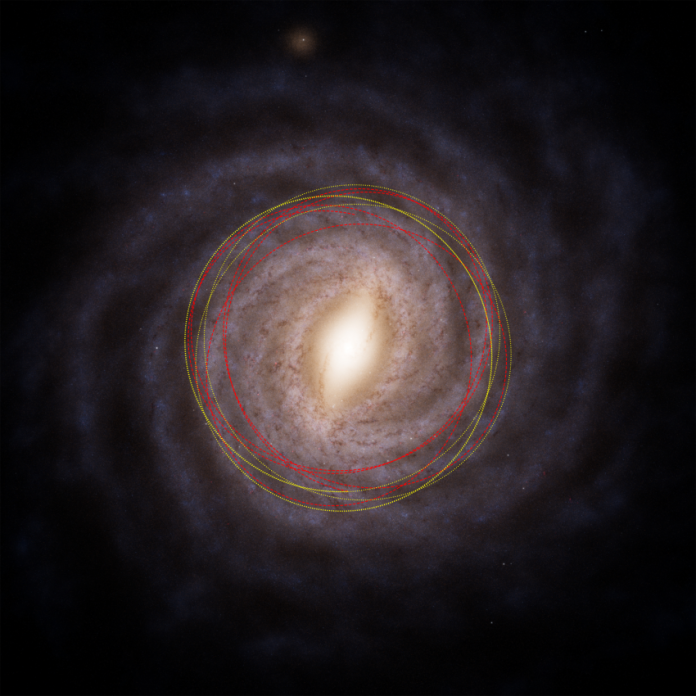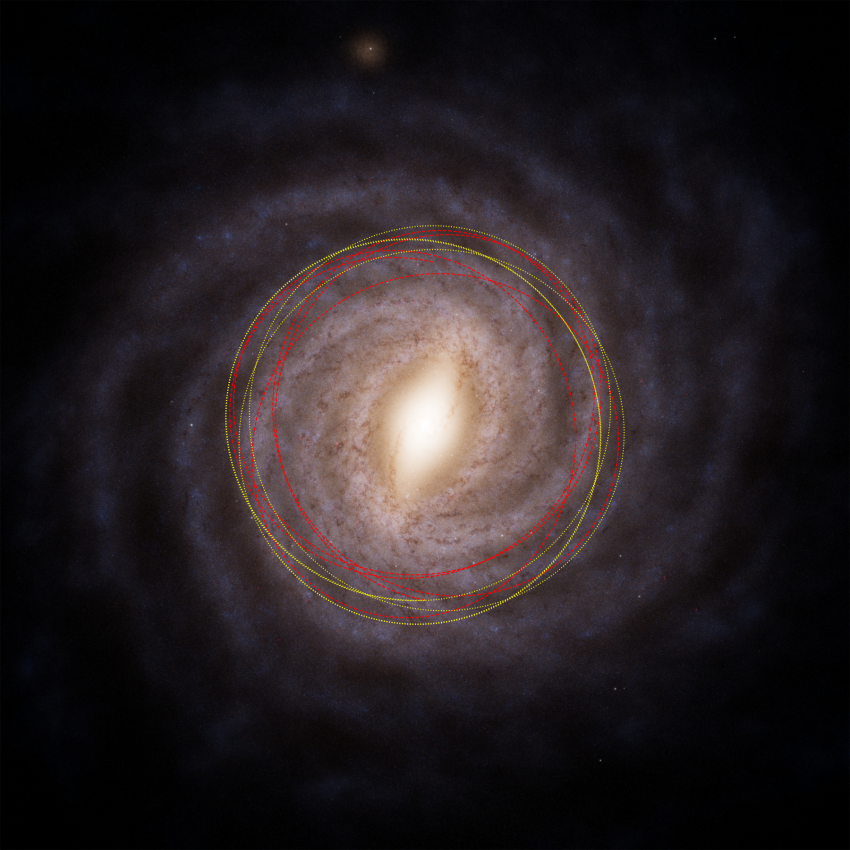
It does not often occur that an interstellar visitor both captivates the scientific community and the collective imagination of the public simultaneously. Yet 3I/ATLAS, the third known interstellar object to pass through our solar system, has done just that its gigantic size, aberrant path, and enigmatic optical nature spurring Harvard astronomer Avi Loeb to theorize that it might be something other than completely natural.
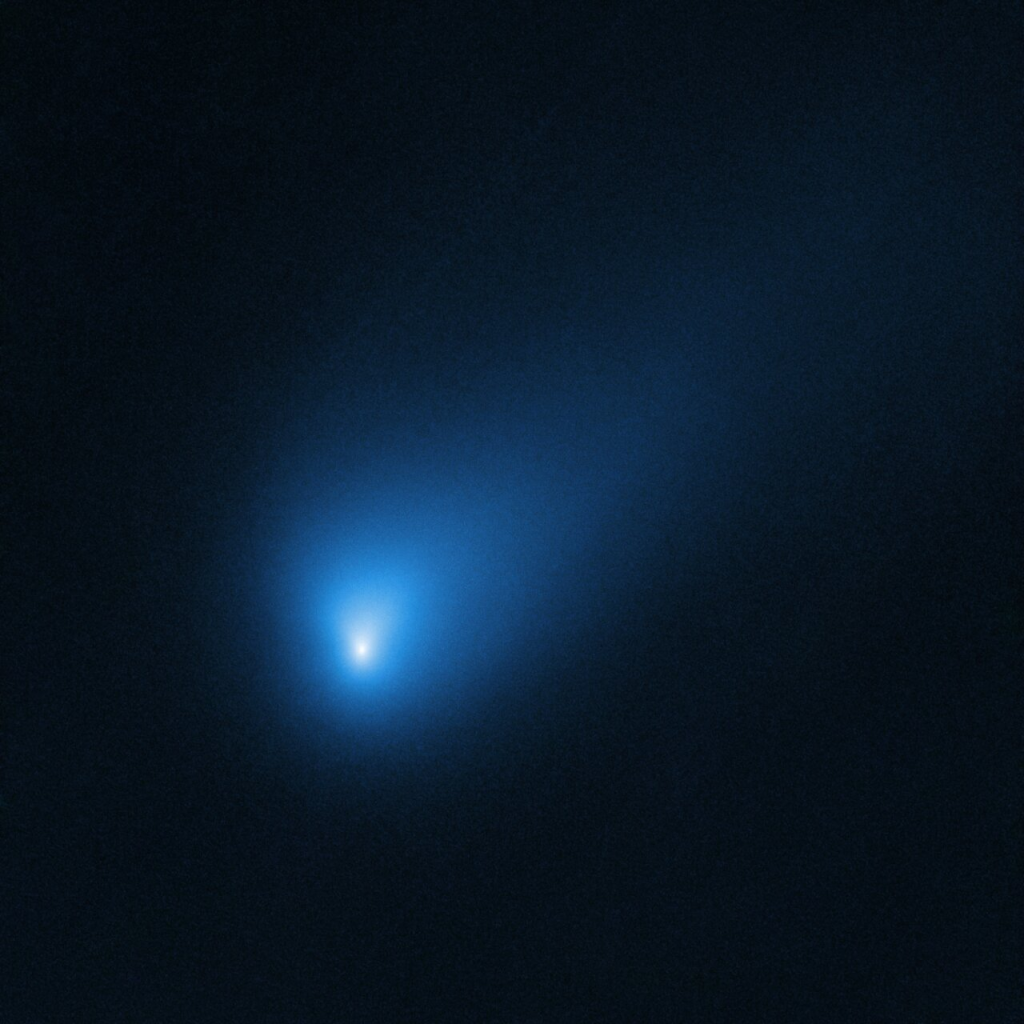
1. A Traveler Beyond the Sun’s Reach
First seen on July 1, 2025, by the Deep Random Survey telescope in Chile, 3I/ATLAS has an extremely hyperbolic orbit with an eccentricity of 6.2 well beyond the 1 mark that indicates the release of an object from the gravitational pull of the Sun. With an estimated diameter of 20 kilometers, it dwarfs earlier interstellar visitors like 1I/ʻOumuamua and 2I/Borisov. Its retreating velocity of around 60–68 kilometers per second confirms that it is not gravitationally bound to our star and will not come back.
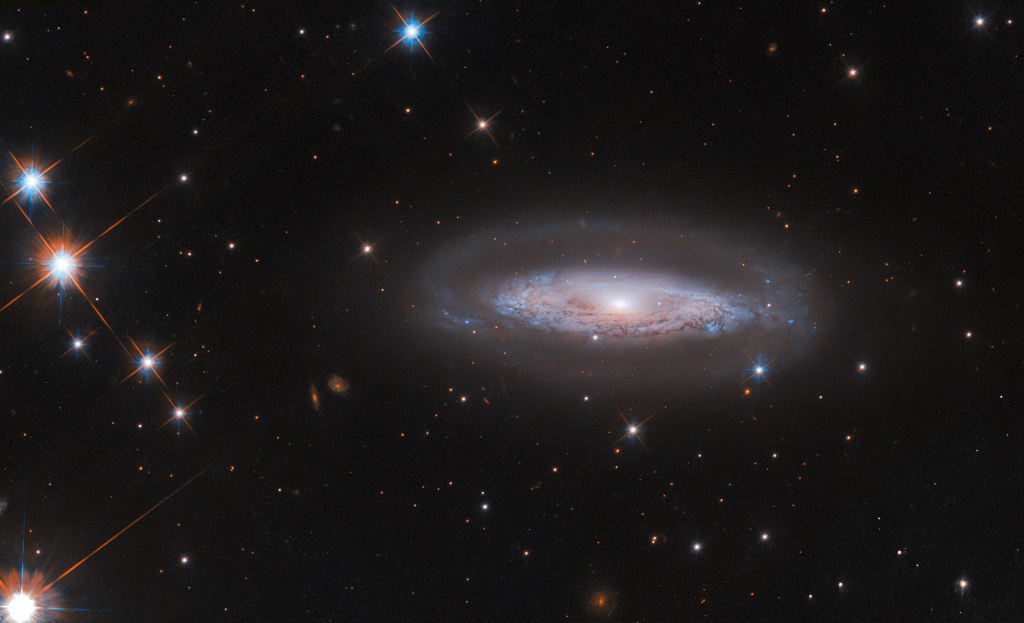
2. Changes in the Radiance
Loeb points to a peculiar optical feature: in Hubble Space Telescope images, the diffuse glow appears ahead of the object’s motion rather than trailing behind, as is typical for cometary comae. “We’ve never seen such a thing,” he said. “A comet wouldn’t have glow in front of it.” The absence of detected cometary gas in spectra further deepens the mystery, suggesting either an unusual surface composition or an engineered structure.
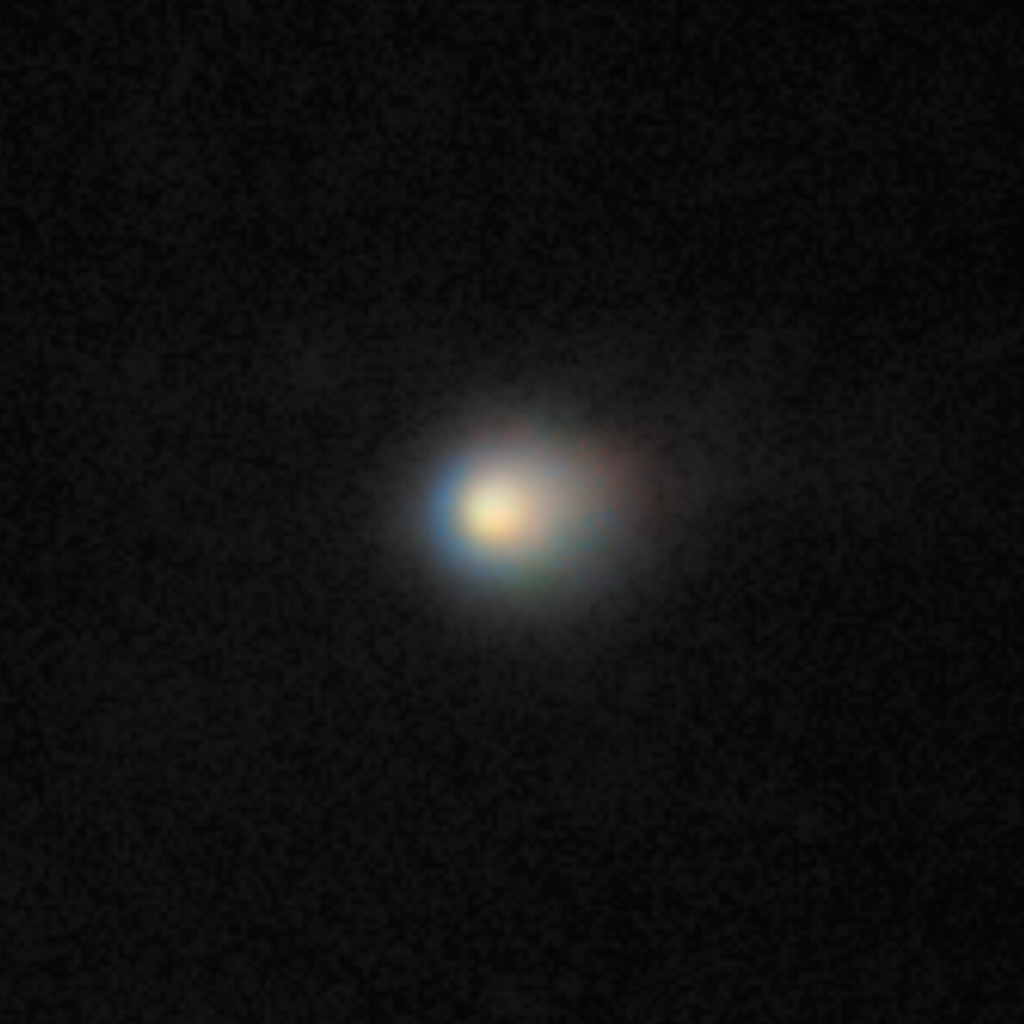
3. Orbital Coincidences and Secrecy
Recent analysis by Loeb and others reported that 3I/ATLAS’s retrograde orbital plane is within 5 degrees of Earth’s ecliptic a coincidence with a probability of just 0.2%. Its nearest solar pass will be on the other side of the Sun from Earth, hiding it from direct observation throughout the whole best opportunity for a reverse Solar Oberth maneuver, a high-thrust braking maneuver that would have the potential to enable a spacecraft to be kept in a bound state to the Sun. This timing, Loeb contends, can be open to motion unseen in case the object is under control by a smart force.
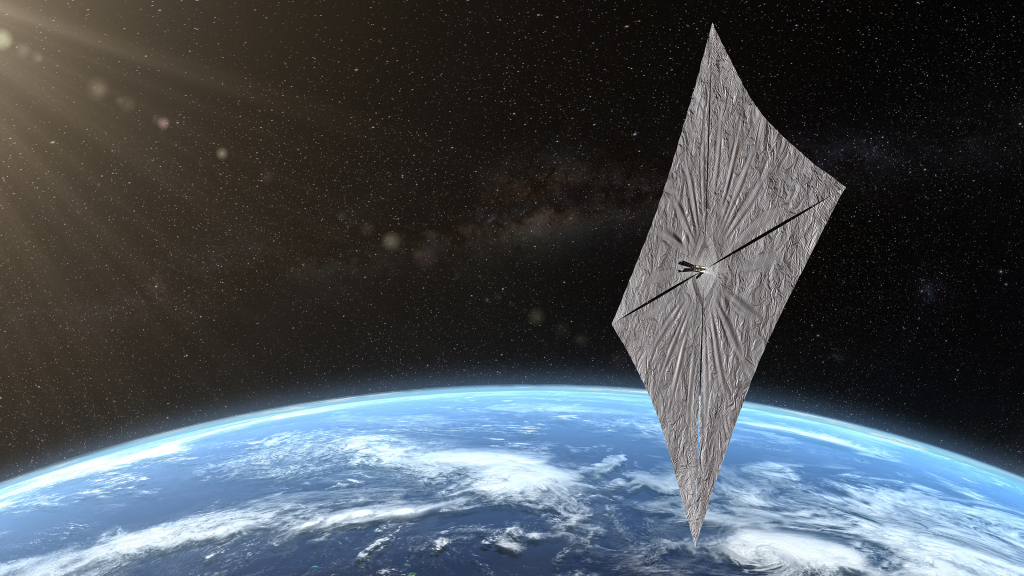
4. The Engineering Hypothesis
Loeb is careful to frame his speculation: “I’m not saying it’s an alien technology. I’m just saying it doesn’t look like a very common thing.” His earlier work on ʻOumuamua proposed it might be a light sail an ultra-thin reflective sheet propelled by stellar radiation. While critics note that conceptual light sails face severe physical limits, the idea remains a benchmark for discussing non-gravitational accelerations without visible outgassing.
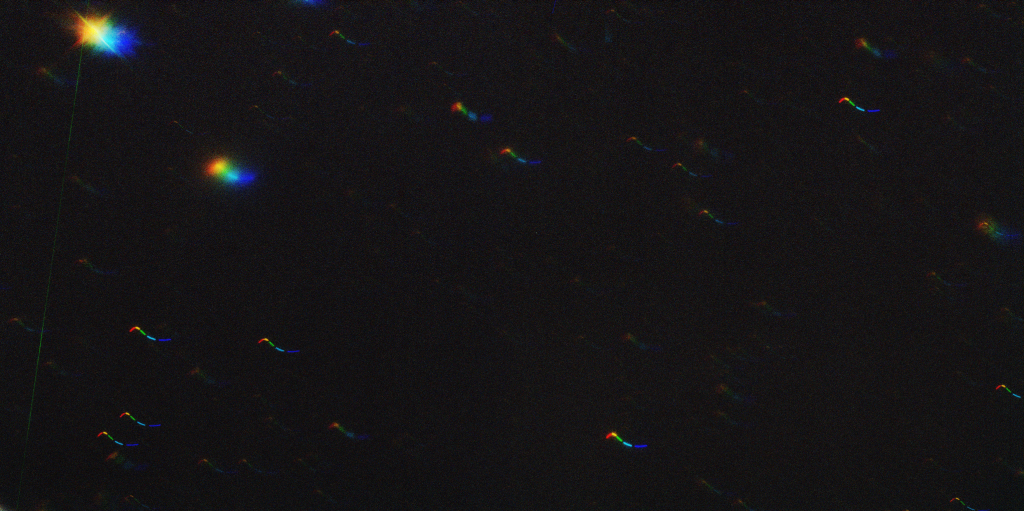
5. Lessons from Oumuamua
The 2017 discovery of ʻOumuamua was also contentious. Its pancake- or cigar-shaped dimensions, absence of obvious tail, and small but detectable acceleration provoked rival speculations: exotic cometary outgassing, hydrogen ice sublimation, or artificial propulsion. Later modeling indicated that small icy bodies are capable of generating enough thrust without observable gas if size and material are exactly correct. Loeb is doubtful that all the anomalies are produced by natural explanations.
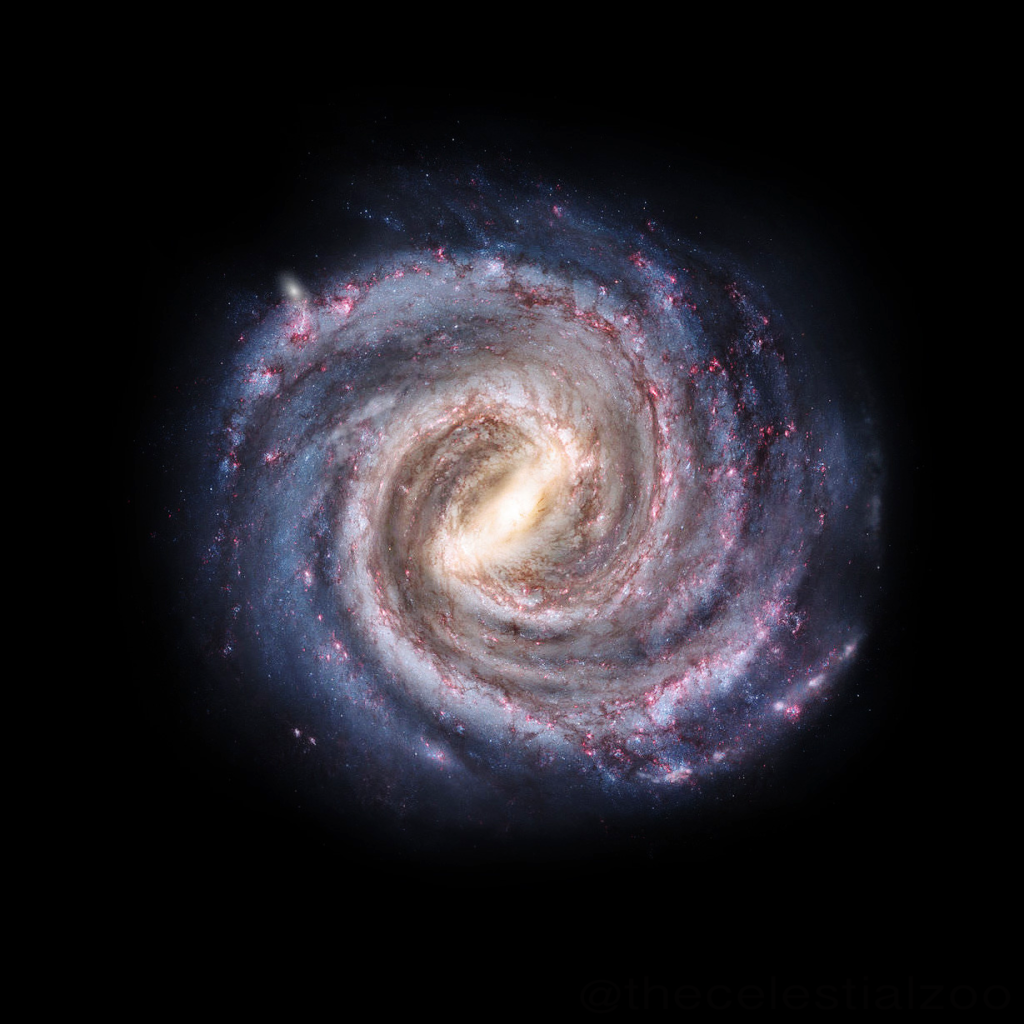
6. Detection Challenges and Missed Opportunities
Since 3I/ATLAS came from the dense stellar environment of the center of the Milky Way, it was not discovered until mid-2025. By then, its velocity and path made it impossible to catch with chemical rockets; the differential velocity at perihelion will be some 98 kilometers per second. Loeb pointed out that had it been discovered a year earlier, a spacecraft could have been sent to catch up with it on its entry path.
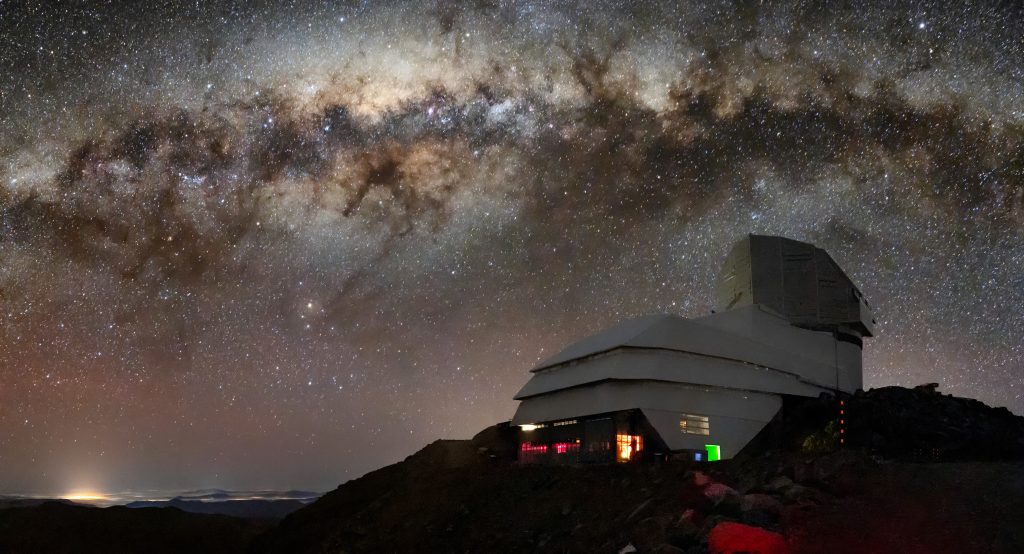
7. The Future Role of Next-Generation Surveys
The Vera C. Rubin Observatory and 3.2-gigapixel LSST camera will revolutionize everything. Its deep, wide, and repeat sky surveys could catch between 5 and 100 interstellar objects over a decade, depending on the number. Interception missions have to be dispatched early, but the high velocities of most ISOs will continue to be a major issue.
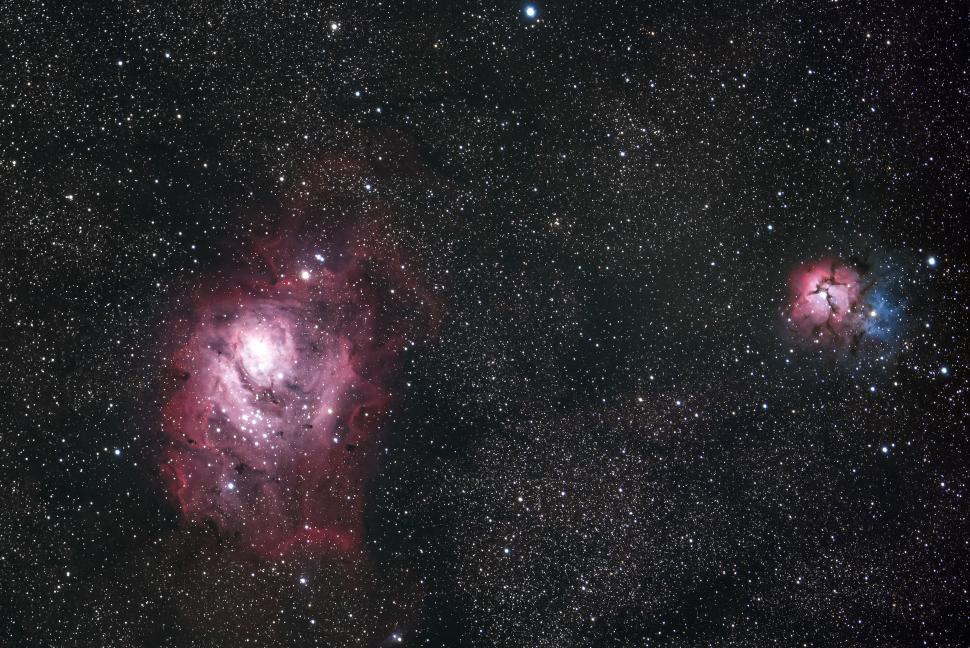
8. Strategic Implications and the Dark Forest Hypothesis
Loeb’s paper also evokes the “dark forest” hypothesis: in a universe in which civilizations would hide in order not to be eaten, reconnaissance missions could be made stealthy arriving on planetary orbital pathways, timing perihelion to fall short of observation, and employing gravitational assists for quick repositioning. The low delta-v needed to transport payloads to close-in planets using 3I/ATLAS is suited to such a mission profile, though that is conjecture.

9. Scientific Prudence and Preparedness
While most astronomers expect 3I/ATLAS to prove natural, Loeb applies a version of Pascal’s wager the potential cost of ignoring a hostile technological object far outweighs the embarrassment of overestimating its significance. “We’d better be ready for both options,” he warns. The broader consensus is that rigorous, multi-wavelength monitoring of all interstellar visitors is essential not only to assess risk, but to harvest the unprecedented scientific data they carry from other star systems.
The experience with 3I/ATLAS highlights the abilities of existing interception systems and the need for the second interstellar arrival preparedness to be developed. Whether it is a relic of an ancient planetary formation or a deed with intent, its path provides an ephemeral instant of seeing the larger galaxy without going home.
